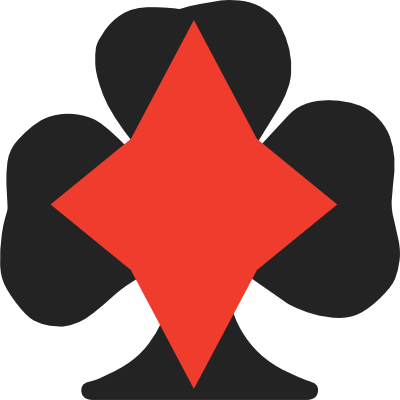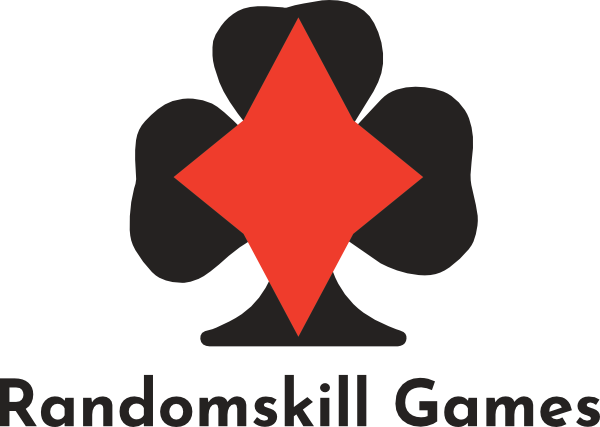What do you do after coming to the end of your board game designing process which comprises of:
There is only one thing left to do and that is to MARKET your game design!
There are several methods on how to go about selling your game. I am going to lay down all the options on the table for you to pick a method that is most suitable for you.
The first, and most tedious, method is to travel to game conventions and book a slot with publishers to pitch to them face-to-face. If you do not know who operates in your region, simply head down to the convention and visit every single booth to try arranging a slot to pitch your game design. Jay Cormier has shared his valuable experience of going to a convention with no leads, no contacts and no information in his interview with us. This can be a great reference of the things you can do if you intend to do that in the future.
There are also publishers/designer speed dating session that you can leverage on. This was largely organized by James Mathe at GenCon and BGG.Con. However, since his unfortunate passing, I do not know if these sessions are still available at the above-mentioned conventions. Please leave a comment if you have more information about this.
Other than this, you can attend conventions organized by The Unpublished Game Network, or UNPUB in short and also the Protospiele (there is a Protospiel online that is coming up) . These are essentially game conventions targeted at game designers to further their game development. The main function of this convention is for designers to play-test, connect with artists, pitch to publishers. There are also manufacturers present in the convention if you fancy the route of self-publishing. As far as I know, there is no entry fee for this convention and they are purely based in the United States. Unfortunately, this is not an option that is readily available for those who do not reside in the US.
There are also the B2C (Business to Consumers) conventions with the biggest one (Spiel) held in Essen, Germany, whereby the main objective of the convention is for publishers to sell or promote their games. The advantage of attending these conventions is that a lot of publishers will be there. There will be a relatively higher chance for you to find a publisher that fits your game design at one of these conventions. However, the by-product of being at such huge conventions is that most consumers and designers will be there too. As a result, it will be really difficult to book a meeting with most publishers since most of them will either be busy selling and promoting their products or meetings with the horde of designers trying to get their attention. There is also the question of maintaining your focus with so many new releases serving as distractions that can deviate you from your path of pitching to the right publishers for your game designs.
You can also try your luck at B2B (Business to Business) conventions like Nuremberg International Toy Fair, GAMA Trade Show or the New York Toy Fair. These are essentially conventions whereby publishers showcase their game to retailers and distributors. The upside of these conventions is that they are less crowded and there are bound to be idle time for publishers to take a look at your game designs. However, not all publishers will be there and the ones that are there are mostly from the region with New York Toy Fair and GAMA Trade Show catering mainly for American publishers and Nuremberg International Toy Fair catering for European publishers.
I am suggesting this on the basis that you do not already have some knowledge of the industry and the connections required to pitch your game design to the right person in the relevant publishing companies that might be looking out for the kind of game design that you have.
As I have mentioned, this is a more tedious, not to mention expensive, method as you are really taking a shot in the dark. There is no guarantee of success even with the time and money invested in marketing with such brute force. If you are considering using this method, make sure that you have a decent looking prototype and make sure your game explanation and setup is short, sweet and to the point as much as possible. The sessions are usually only 30 minutes long and publishers have them lined up back to back. You can’t overrun your sessions because the next designer will be there breathing down your neck if you do.
The upside of using this method is that you can pitch your design face to face with your prospective publishers. That way, you can present the game design in a way that can bring out the true vision and design intention you have set to achieve when creating the game. On top of that, you can also clarify any doubts immediately.
Link to the “So you think you can be a board game designer” Series -> Compilation






